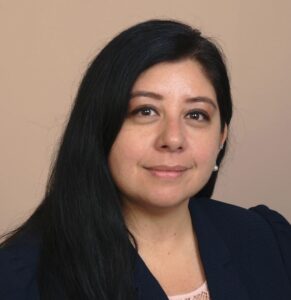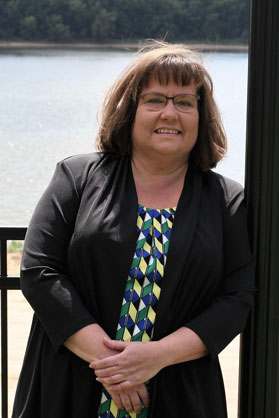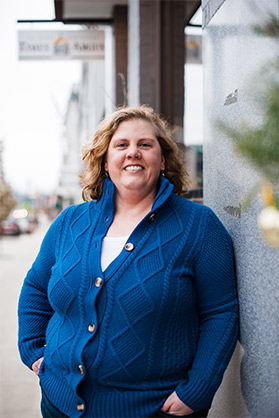Cash Balance plans allow six-figure annual contributions
Most people can contribute to their 401(k) without worrying about exceeding the annual contribution limit. If you’re under 50 years old, that’s $18,000 a year. If you’re 50 or older, it’s $24,000.
A small, but important segment of the population, though, has the ability to contribute significantly more to their retirement accounts. For some of them, a profit-sharing plan and 401(k) ups the saving limit to $60,000. But for people really looking to save even more on taxes or put more into a retirement account, a Cash Balance plan may be the right choice since it offers the opportunity to contribute significantly more to their retirement account each year.
Cash Balance plans can help high-income earners build substantial retirement savings in a relatively short amount of time, but they’re not for everyone. Unlike profit-sharing plans with discretionary contributions, Cash Balance plans do require a mandatory annual contribution. That tends to favor professionals with an income that’s substantial and predictable from year-to-year. These plans are considered a hybrid between a defined benefit plan and a defined contribution plan. Like many plan designs, they have their own jargon and complexities that sometimes get in the way. That alone may present a real competitive opportunity since some of your peers may not make the effort to include this important plan design in their repertoire.
Once you understand the basics and how to have the Cash Balance discussion with your clients, you’ll begin to see opportunity and your clients will see the benefits.
Business owners can take advantage of a Cash Balance plan to quickly make up a retirement shortfall in a tax-efficient way. This can be especially helpful if they are close to retirement age.
For example, a 50-year-old could contribute more than $143,000 annually to Cash Balance plan. A 60-year-old could contribute more than $235,000. The actual amount depends on your income and age.
You can also pair a Cash Balance plan with a traditional 401(k) to reward key executives and provide even more plan design flexibility.



















